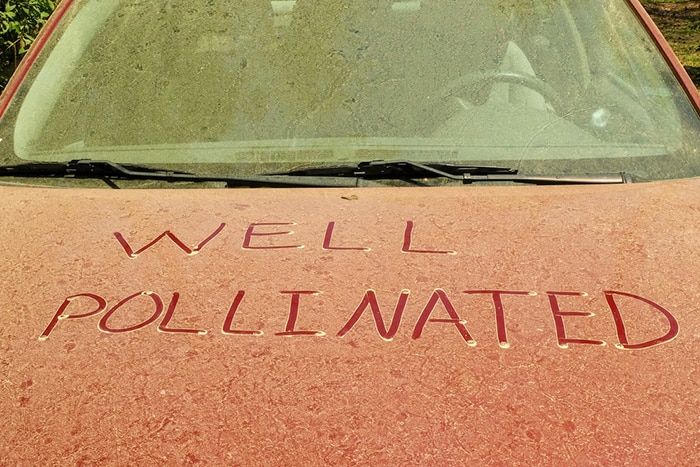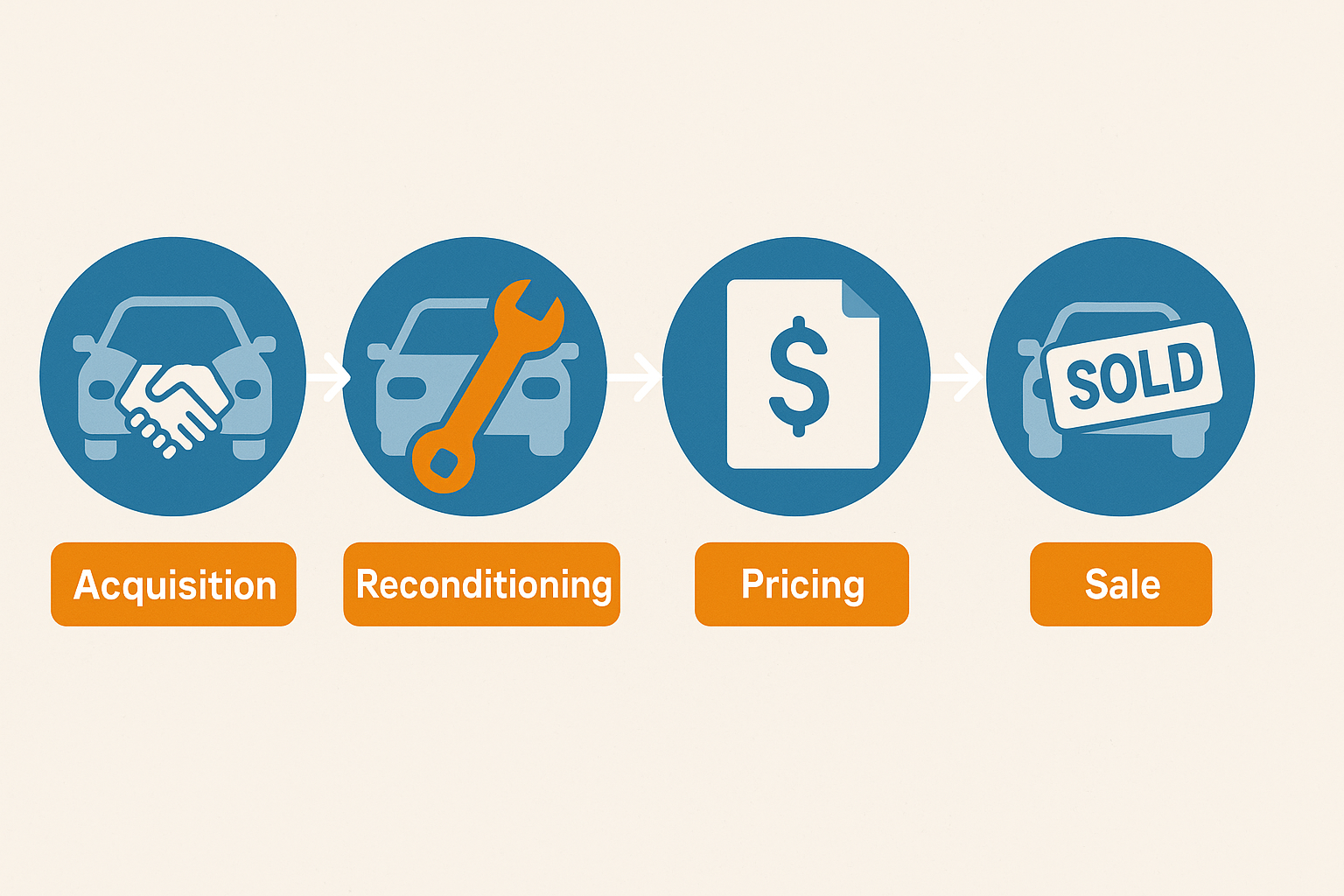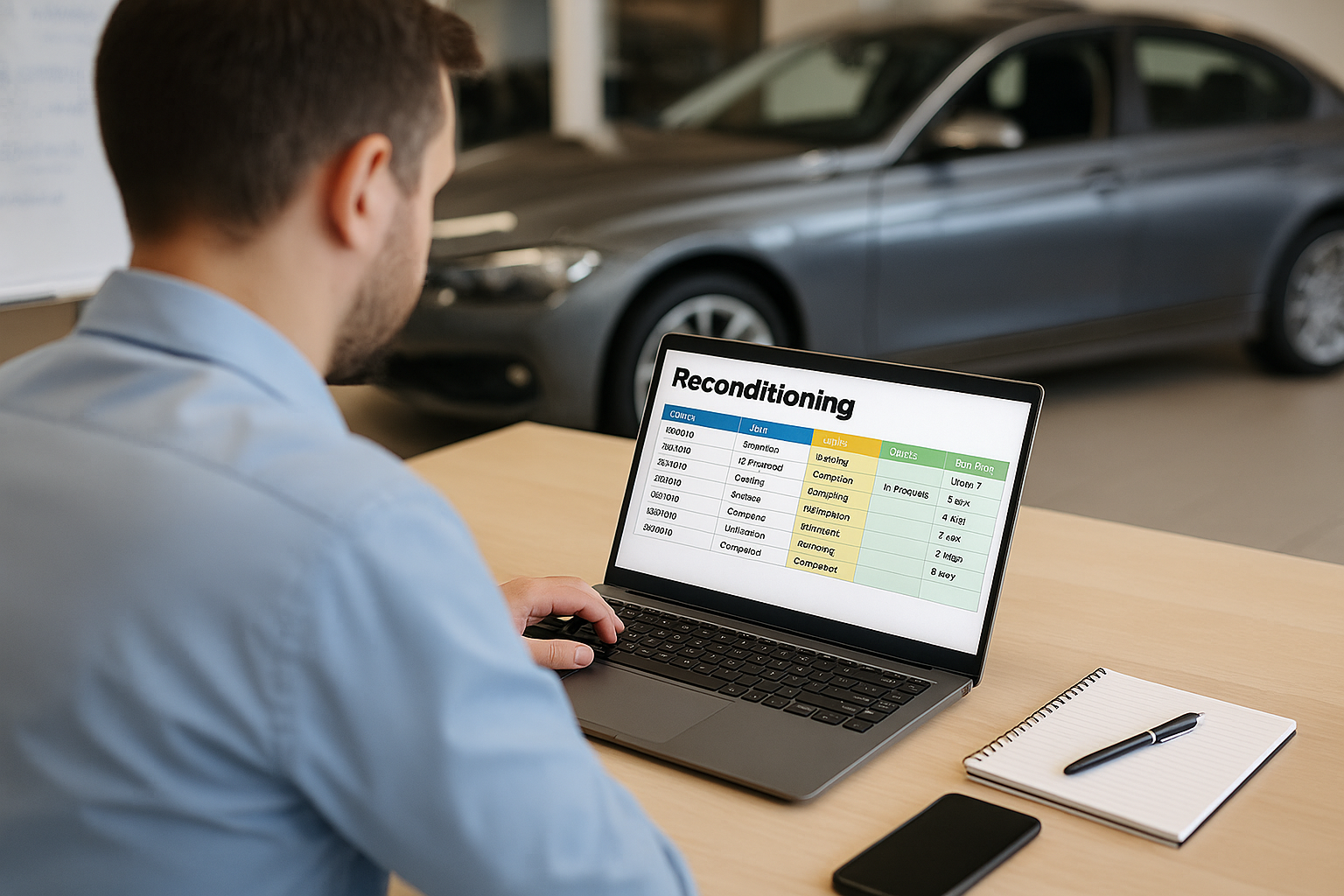Pollen may seem harmless, but it can damage your car slowly if you don’t take action. Here are some tips on how to protect your car from pollen damage during spring season.
As of writing, we are in the middle of spring. We are currently enjoying that season of the year wherein it’s not too cold and not too hot. The harsh sub-zero temp of winter is slowly making its way towards the hot and sweltering summer days. While it’s still in between, don’t forget to enjoy the cool breeze and the coming-back-to-life action of the plants and trees.
Now, you may enjoy the spring season right now, but your car doesn’t. While all these trees are starting to regenerate and bloom, most of these plants release pollen which would pile up and wreak havoc. Pollens make people uncomfortable all day, especially those with allergies, and cars can get damaged. So when it’s springtime, and you live or work in a pollen-infested area, take heed and protect your vehicle during the pollen season. Find out how by reading further.
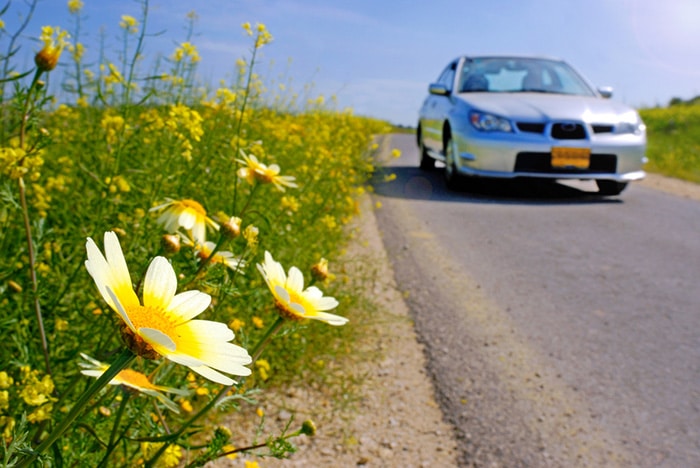
How Does Pollen Affect Your Car During Spring Season?
Pollen affects our lives in so many ways. Apart from it causes allergic breakouts, it also stains clothing. This is why people would like to stay away from these tiny specks of trouble as much as possible. We do that by spending most of the day indoors. But we can’t bring our vehicles inside our living room during pollen season, so they may gather a lot of pollen during the day.
So how does pollen affect your car? During the spring season, pollens are abundant. Most of the time, the pollen that sticks to your vehicles comes from trees or ragweed. That’s because these pollens have microscopic spikes that, instead of only sticking to other plants, will stick to car surfaces. This affects the overall appearance of your car.
Aside from it doesn’t make your car looks nice; it also will damage your car’s looks when you don’t take action. One thing a lot of people don’t know is that pollens are acidic enough to stain and corrode car paints. So when you just leave it there, it will leave an unwanted mark that may cost hundreds of dollars to fix. Also, the corrosion may aggravate more when it’s activated by water.
The last thing is that it doesn’t just affect your car on the outside. Pollens are tiny enough to go through filters and settle on engines and other car parts located under the hood. When this goes unnoticed, it may deteriorate the essential car parts that allow your car to run smoothly.
How To Protect Your Car From Pollen Damage
Can we just get rid of pollen altogether? The answer is a big no. To get rid of pollen for good is to get rid of trees and plants. And obviously, we do not want that. Although the pollen season may be a pain in the behind, we need them to keep our trees and plants grow and prosper. In this case, it’s us humans who need to do the adjusting. With that, here are some fool-proof tips to protect your car during the pollen season.
Wax On And Pollen Off
Many people frequently wash their cars and wax them after. That is because there are many benefits that a car gets when owners apply a mindful amount of wax regularly:
It makes your car squeaky clean, looking all brand new.
Wax also prevents stains, scratches, and even dents.
Wax protects cars from pollen damage during the spring season.
When it’s springtime and pollens are silently floating in the air, a protective layer of wax prevents these microscopic nuisances from sticking to your car’s surface. The extra shine is only a bonus in this case.
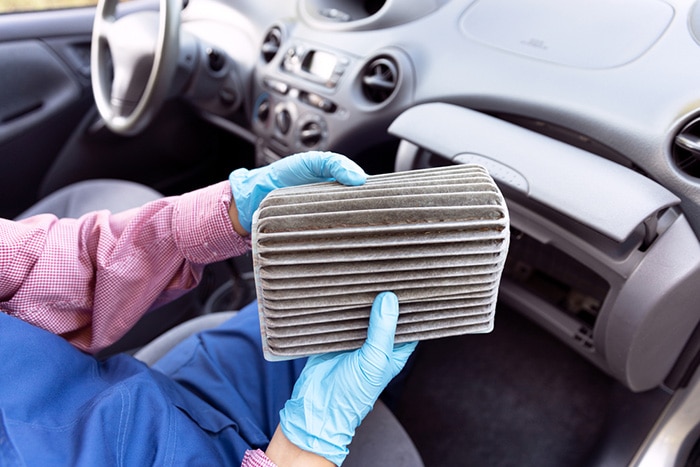
Check For Pollen In Your Engine Filter The Entire Spring Season
As mentioned, pollen doesn’t just affect the car’s exterior surface. It can also have a lasting impact on your car’s mechanics, especially the engine filter. During pollen season, engine filters get clogged fast and efficiently, especially in areas with heavy pollen in the air. This situation makes it hard for the filter to do its job and, thus, impacts your engine badly. You can prevent this by constantly checking your filters and changing them if needed. This way, filters will function as they should.
If you don’t know how to check and change your filter, you can always go to the nearest service center and have an expert mechanic do the work. As a standard, engine filters should be replaced every 15,000 to 30,000 miles. Therefore it is wise to change your filter right after the spring break so your car would be free of pollen throughout the year. Of course, don’t forget to check on the filter, even if it’s not pollen season.
Interior Cabin Filter Needs TLC, Too
The interior cabin filter is an essential part of your car during the pollen season. Just like the engine filter, the cabin air filter prevents small and microscopic debris – including pollen – from getting inside your vehicle. If you have allergies to dust and pollen, you need to keep this filter in its optimum shape. But the trouble comes when spring kicks in. Since pollen is everywhere, it is most likely that most of these particles will clog cabin ait filters, too.
To prevent this from happening, always check the interior cabin filter. Do this before spring is at its peak, and check one more time when the season is over. When you check it initially, replace it if it’s already clogged with other debris like dust. You must do this to prevent allergic breakouts from happening.
Clean Your Wiper Blades For More Wipin’
You can’t drive your car without wiper blades, especially during the winter and spring season. You really can’t, as it is a vital element for safe driving. Without it, as well as lights and interior ventilation, you may need to keep yourself at bay to prevent road accidents. Wiper blades are essential for it removes all kinds of debris away from your windshield, including pollen.
But the problem is, wiper blades are not exempt from pollen attacks during the spring season. That’s why it’s essential to always clean your wipers to prevent pollen from building up. When a handful of pollen gets stuck in the wiper blades, it creates this grainy paste that would not look good and may be hard to get rid of when it dries up. To prevent this, make it a weekly habit to clean your wipers off with a paper towel along with the blades.
Rinse More During Pollen Season
Last and not least, this habit of how to protect your car from pollen damage is perhaps the most essential one. This may be a weekly habit for some, while some may take weeks – even months – just to wash their vehicles. But, no matter how much you wash your car, you need to run water through your car more often during the pollen season.
As mentioned (and obviously), pollen is small. When they stick in hard-to-reach areas, you might not notice it, but it will still stain and damage that part without you knowing. That’s why it’s highly recommended to simply wash your car with soapy water, lather it, and wipe it, so dried pollen will no longer stick. And, of course, rinse it with water. If you think it won’t do the trick when you wash it yourself, you can go to the nearest car wash for a more covered washing. Do this more often, especially if you live in a pollen-infested area of the town.
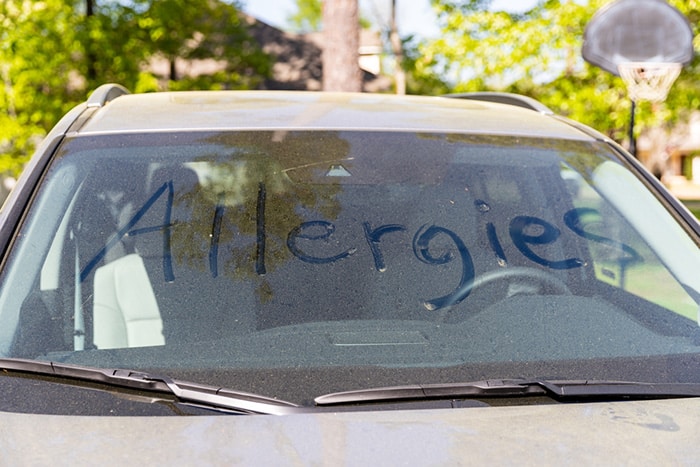
In Conclusion
If you can, you need to bring your car indoors during the pollen season. It doesn’t mean to get your vehicle inside the kitchen, but if you have an indoor garage, then that’s better. That way, you can protect your car from pollen most of the time. But if you don’t have one, simply follow these tips to maintain your car’s looks and performance. This way, it will look good in a vehicle condition report. In addition, it will still be sellable when you place it on an online vehicles for sale marketplace.
Explore related articles to learn more about software solutions for car dealerships:
